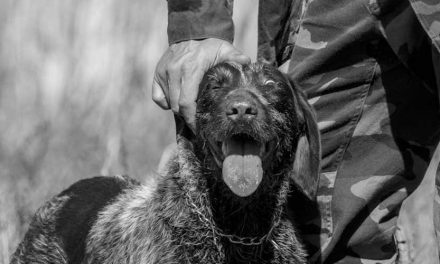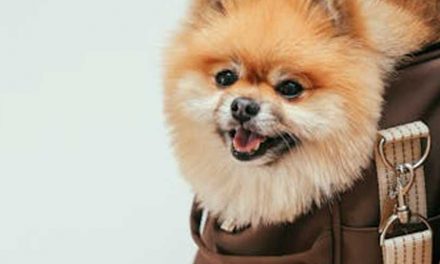Understanding your dog’s personality can significantly improve your relationship and training outcomes.
Two fundamental roles emerge in canine behavior: the leader and the follower.
Recognizing which category your dog falls into can help you tailor your approach to training and everyday interactions.
Characteristics of a Leader
Leader dogs often display a confident demeanor and a strong sense of independence.
Here are some traits commonly associated with leaders:
1. Confidence:
A leader dog is typically self-assured and unafraid of new environments or challenges.
They often take the initiative in new situations, exploring with curiosity rather than hesitation.
2. Decisive Action:
These dogs tend to make decisions more quickly, responding confidently to their surroundings.
If they encounter another dog or a person, they may take the lead in approaching or retreating.
3. Protectiveness:
Leader dogs often feel a responsibility to protect their pack, which includes their human family.
They may bark or act defensively when they perceive a threat.
4. Training Challenges:
While leader dogs can be trained successfully, they may require a firm, consistent hand.
They are not easily swayed by less confident trainers and often prefer to work with someone they respect.
Characteristics of a Follower Dog
In contrast, follower dogs generally exhibit a more submissive nature.
They tend to look to their human for guidance, often mirroring their emotions and actions.
Key traits of follower dogs include:
1. Eagerness to Please:
Follower dogs are typically motivated by their desire to please their owners.
They respond well to positive reinforcement and are often quick to learn commands.
2. Adaptability:
These dogs are generally more adaptable to change.
They may quickly settle in new environments or adopt new routines, often taking cues from their leader.
3. Sensitivity:
Follower dogs are usually more sensitive to their owner’s emotions and commands.
They can sense when you’re happy, stressed, or upset, and often adjust their behavior accordingly.
4. Less Aggression:
Because they tend to look for guidance rather than take charge, follower dogs are typically less aggressive and may shy away from confrontational situations.
Determining Your Dog’s Role
To ascertain whether your dog is a leader or a follower, observe their behavior in various situations:
Social Interactions:
How does your dog behave around other dogs?
Does it assert itself or defer to others?
Response to Commands:
Does your dog respond immediately to commands, or does it seem to weigh options before acting?
Stressful Situations:
Notice how they react in stressful situations.
Does your dog keep its composure and lead others, or does it look to you for reassurance?
Training Tips Based on Your Dog’s Role
Understanding whether your dog is a leader or a follower can streamline your training process:
For Leader Dogs:
Use training methods that establish you as the pack leader.
Consistency, structure, and boundaries will be essential.
Engage in leadership-focused activities, such as agility training or obedience challenges, to satisfy their independent spirit.
For Follower Dogs:
Utilize positive reinforcement techniques that capitalize on their eagerness to please.
Keep training sessions short, fun, and rewarding.
Socialization is also critical, as it helps build their confidence in various situations.
Conclusion
Deciphering whether your dog is a leader or a follower can significantly enhance your training and bonding experiences.
Both types have unique attributes that can either present challenges or foster deeper connections, depending on your approach.
By understanding your pup’s personality and adapting your training style, you create a harmonious relationship that benefits you both.
Remember, whether your dog is a leader or a follower, the ultimate goal is to cultivate a loving, respectful partnership that thrives on mutual understanding.












